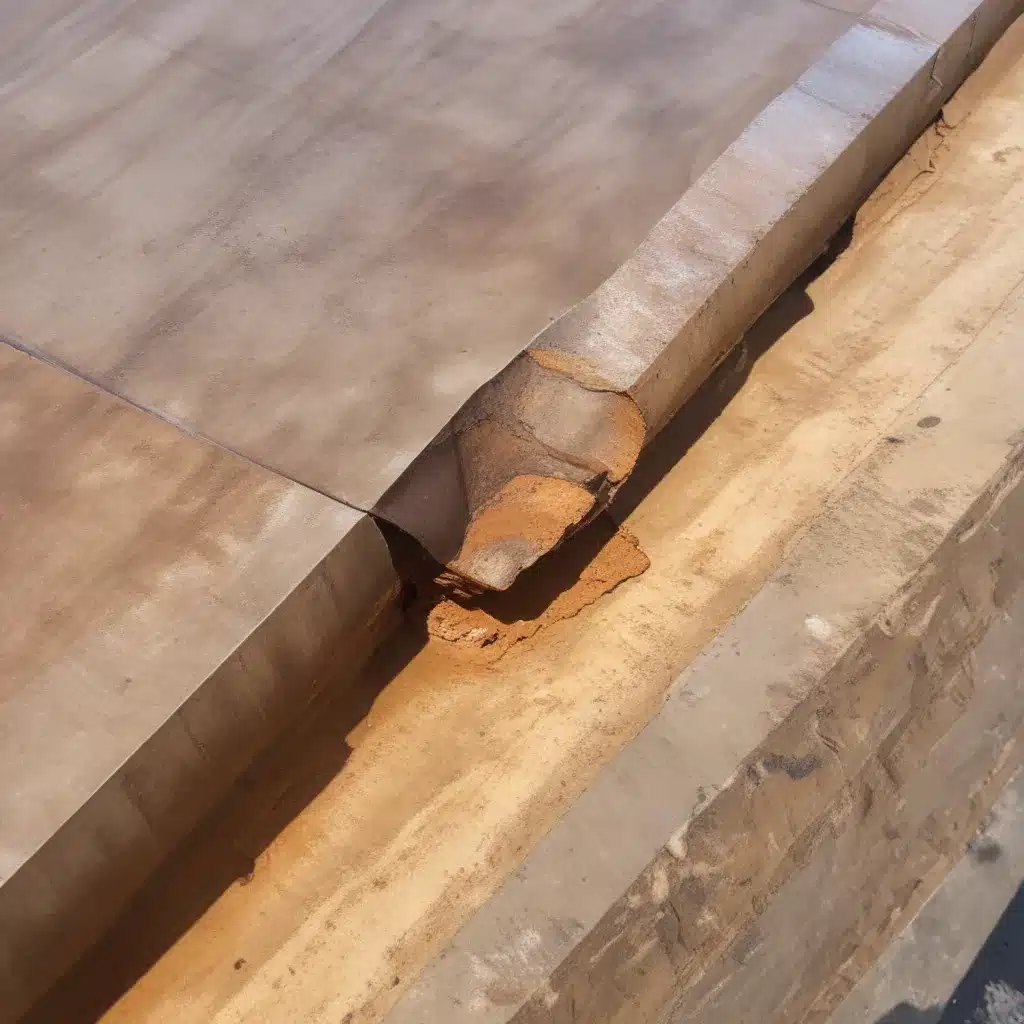
As an experienced welder and metal fabricator, I’ve seen firsthand the devastating effects of corrosion on industrial equipment and infrastructure. It’s a constant battle that can compromise the integrity and performance of critical components, leading to costly downtime, repairs, and even catastrophic failures. But over the years, I’ve also witnessed the game-changing advancements in weld overlay cladding technology that have transformed the way we approach corrosion protection.
Tackling Corrosion Head-On
In the fast-paced world of industrial manufacturing and processing, downtime is the enemy. When corrosion starts to creep in, it can bring operations to a screeching halt. That’s why I’ve always been a proponent of proactive, preventative measures. By taking a strategic approach to corrosion protection, we can extend the lifespan of our equipment, optimize performance, and minimize disruptions to the workflow.
One of the most effective solutions I’ve encountered is the use of advanced weld overlay cladding. This technology involves applying a corrosion-resistant alloy, such as Inconel or nickel-chromium, directly onto the surface of the affected component. The result is a durable, seamless barrier that shields the underlying material from the ravages of corrosive environments.
Mastering the Weld Overlay Cladding Process
Executing a successful weld overlay cladding project requires a delicate balance of skill, precision, and innovation. As an experienced welder, I can attest to the intricate dance that takes place between the welder, the equipment, and the base material.
One of the key aspects of this process is the selection of the appropriate cladding material. Not all alloys are created equal, and the choice depends on the specific operating conditions and the nature of the corrosive attack. It’s a decision that requires a deep understanding of metallurgy and the unique properties of each material.
But the real magic happens in the execution. Automated welding systems and robotic technologies have revolutionized the way we approach weld overlay cladding. These advanced tools allow us to achieve unparalleled precision, consistency, and repeatability – crucial factors in ensuring the long-term integrity of the cladding.
The Art of Onsite Fabrication
While weld overlay cladding is an incredibly powerful tool, it’s not just about the technology – it’s also about the skill and expertise of the fabricators on the ground. That’s where my experience as a seasoned welder really comes into play.
Oftentimes, we’re called upon to perform these critical repairs and modifications right on the customer’s site, in the midst of their active operations. It’s a delicate dance, navigating the tight spaces, working around live equipment, and ensuring that our work doesn’t disrupt the critical processes that keep the facility running.
But this is where I thrive. With my years of hands-on experience, I’ve developed a keen eye for detail and a problem-solving mindset that allows me to adapt to any challenge. Whether it’s optimizing the welding parameters, troubleshooting unexpected issues, or collaborating with the on-site team, I relish the opportunity to showcase my skills and deliver exceptional results.
The Ripple Effect of Corrosion Protection
The benefits of effective corrosion protection through weld overlay cladding extend far beyond just the immediate equipment being treated. It’s a ripple effect that can be felt throughout the entire operation.
For starters, by extending the lifespan of critical components, we’re reducing the need for costly and disruptive equipment replacements. This translates to significant cost savings and a more sustainable approach to industrial maintenance. And as someone who takes pride in their work, I can’t help but feel a sense of satisfaction knowing that my efforts are contributing to the long-term viability of these essential systems.
But the real game-changer is the impact on productivity and operational efficiency. When corrosion is effectively managed, we minimize the risk of unexpected failures, unplanned shutdowns, and emergency repairs. This allows our clients to maintain a steady, reliable production flow, delivering consistent and high-quality products to their customers.
The Future of Corrosion Protection
As I look towards the future, I can’t help but feel excited about the continued advancements in weld overlay cladding technology. The integration of robotics, automation, and data-driven processes has already revolutionized the way we approach this critical task, and I can only imagine what the next few years have in store.
One area that I’m particularly enthusiastic about is the potential for even greater precision and consistency. By harnessing the power of cutting-edge sensors, real-time data analysis, and adaptive welding controls, we can take the guesswork out of the equation and achieve an unparalleled level of quality control.
But it’s not just about the technology – it’s also about the people. As a mentor and trainer, I take great pride in passing on my knowledge and expertise to the next generation of welders and fabricators. By investing in the professional development of our workforce, we can ensure that the art of corrosion protection continues to evolve and reach new heights.
Conclusion
In the ever-evolving world of industrial fabrication, the battle against corrosion is a never-ending one. But with the advent of advanced weld overlay cladding technologies, we have a powerful weapon in our arsenal. By combining cutting-edge engineering, precision automation, and the unparalleled skill of seasoned welders, we can protect critical infrastructure, optimize performance, and safeguard the future of our industries.
As someone who has dedicated their career to the art of welding and metal fabrication, I can’t help but feel a sense of pride and excitement when I see the transformative impact of these solutions. It’s a testament to the ingenuity and innovation that continues to shape our field, and I’m honored to be a part of it.
So, if you’re facing the challenge of corrosion in your facility, I encourage you to explore the possibilities of weld overlay cladding. It’s a game-changer that can unlock a world of cost savings, operational efficiency, and peace of mind. And who knows, maybe one day, you’ll have the opportunity to work alongside a seasoned welder like myself, and witness firsthand the magic of corrosion protection in action.


